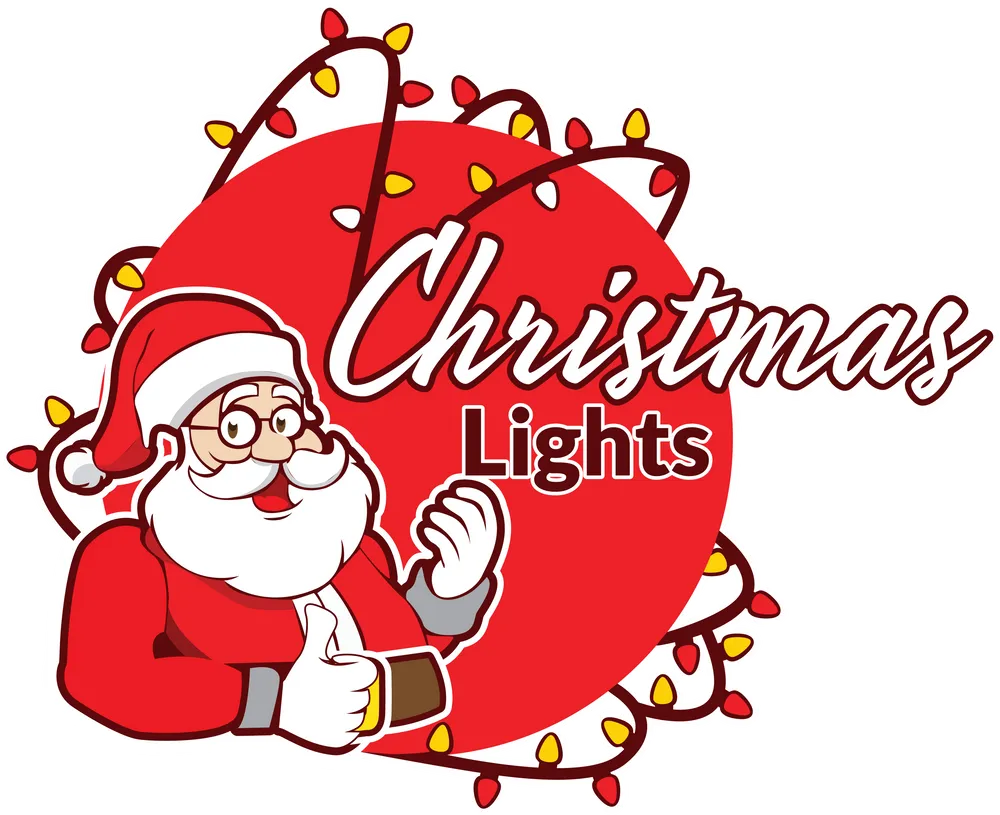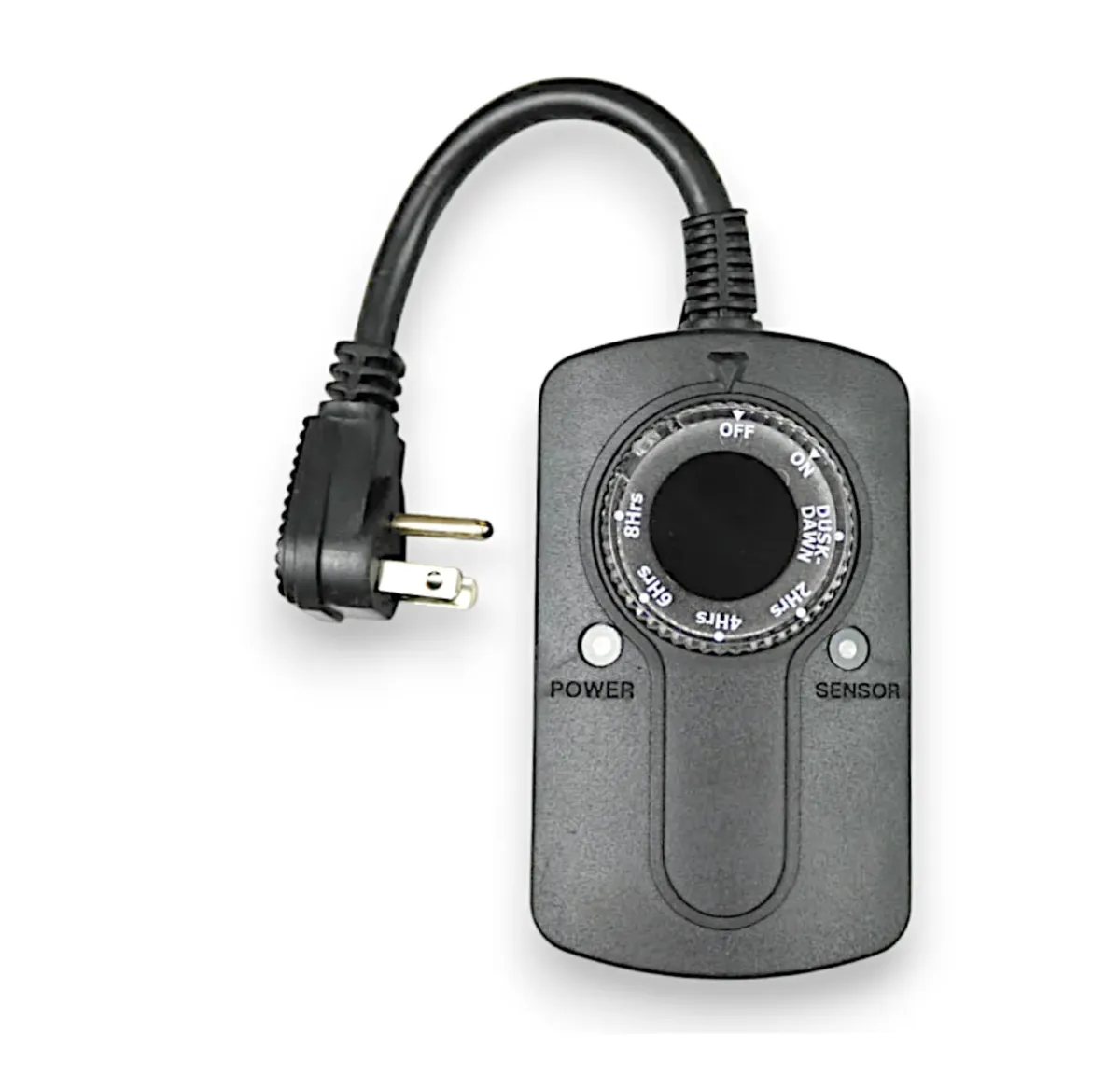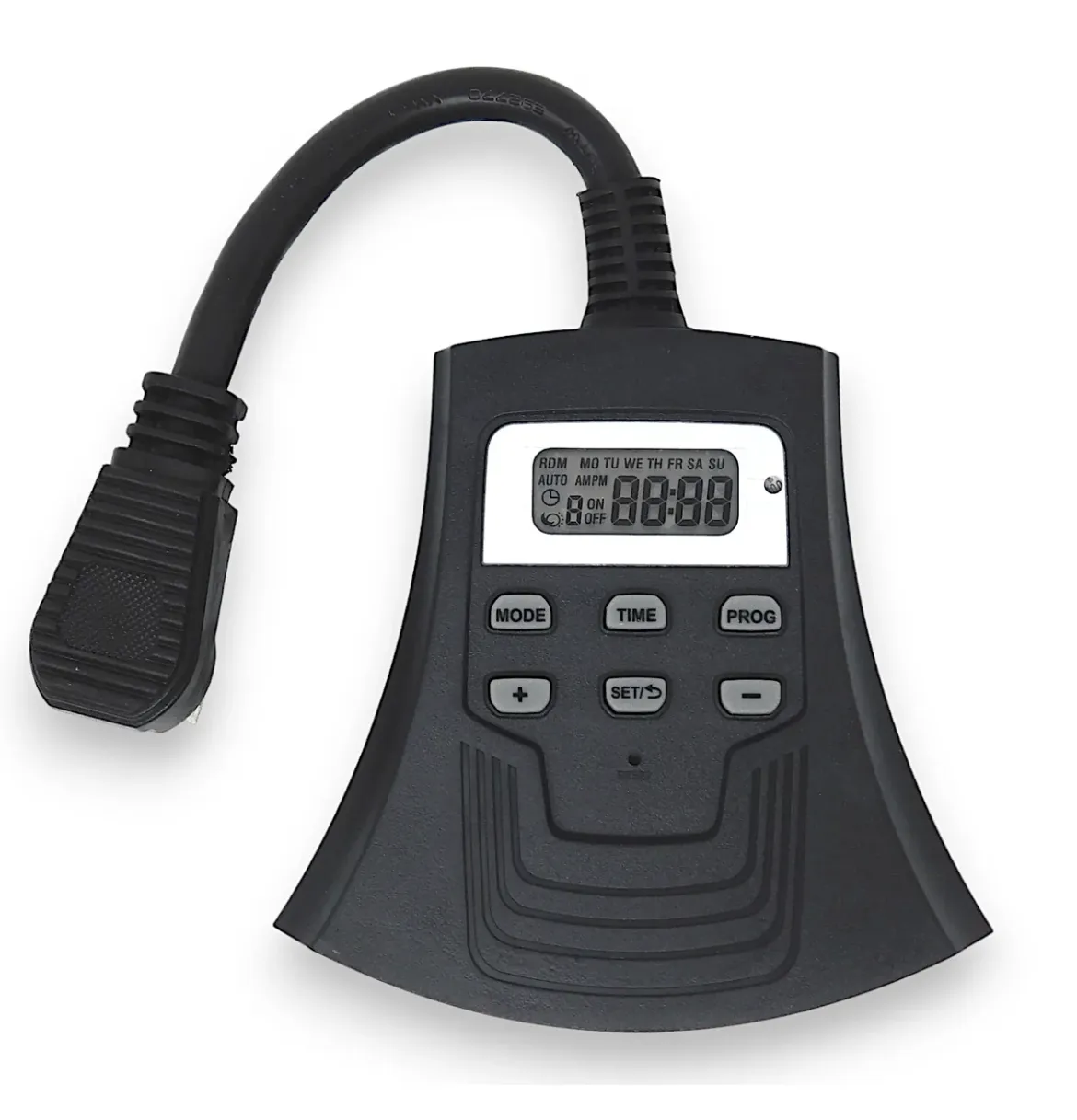Precision Control for Your Holiday Illuminations: Professional-Grade Outdoor Timers
Elevate your holiday lighting displays with our collection of professional-grade outdoor timers. These essential tools offer precise control and energy efficiency for your festive illuminations. Whether you're a professional installer or a homeowner looking to enhance your holiday decor, our range of timers provides the perfect solution for managing your lights with ease. From photo cell timers that automatically adjust to daylight changes, to digital and mechanical options offering customizable schedules, our selection ensures your displays shine at just the right times. Designed for both indoor and outdoor use, these durable timers combine convenience with reliability, helping you create magical holiday atmospheres while conserving energy. Discover how our timers can transform your lighting management and take your seasonal displays to the next level.
Timers
Photo Cell Timer
Enhance your holiday lighting control with our versatile Photo Cell Timer featuring a convenient right-angle plug. This intelligent device offers two outlets, providing flexible options for managing multiple light strings or decorations. The timer comes with a range of settings to suit your specific needs: choose between Off, On, Dusk to Dawn, or preset durations of 2, 4, 6, or 8 hours. The photo cell technology automatically detects ambient light levels, ensuring your lights turn on as darkness falls and off when daylight returns, perfect for the "Dusk to Dawn" setting. The right-angle plug design helps maximize space usage and reduces strain on your outlets. Whether you're looking to conserve energy, enhance security, or simply enjoy the convenience of automated lighting, this Photo Cell Timer is an essential tool for effortless and efficient holiday light management.
15 AMP Digital Timer
Streamline your outdoor lighting control with our efficient Mechanical Light Timer Switch Outlet. This versatile device is perfect for managing lamps, fans, garden lights, porch illumination, or holiday and Christmas displays, helping you reduce energy waste and extend the life of your decorations. The timer features customizable daily settings that you can adjust at any time, offering flexibility to match your changing needs or schedules. Built for durability, this wall-mounted timer comes with a three-prong, weatherproof design, ensuring reliable performance in various outdoor conditions. The three-switch outlet provides multiple connection options, allowing you to control several devices simultaneously. Whether you're looking to enhance security, create ambiance, or simply automate your outdoor lighting, this mechanical timer offers a user-friendly solution for effortless light management throughout the year.
Mechanical Timer
Enhance your lighting control with our versatile In/Outdoor Mechanical Timer featuring a space-saving right-angle plug. This robust device offers two outlets, allowing you to manage multiple light strings or decorations simultaneously. Designed for both indoor and outdoor use, it's perfect for holiday displays, security lighting, or everyday household needs. The 24-hour programmable cycle provides ultimate flexibility, enabling you to set precise on/off times that repeat daily. With a powerful 15-amp capacity, this timer can handle most residential lighting and small appliance loads with ease. The mechanical design ensures reliability and ease of use, with no complicated programming required. Whether you're looking to automate your Christmas lights, control patio illumination, or simply manage energy consumption, this durable and practical timer is an essential tool for efficient light management in any setting.
Frequently Asked Questions
What types of timers do you offer?
We offer a variety of timers including Photo Cell Timers with right-angle plugs, 15 AMP Digital Timers, and Mechanical Timers. Each type has unique features to suit different needs and preferences.
Are these timers suitable for outdoor use?
Yes, all of our timers are designed for both indoor and outdoor use. They are built with weatherproof features to ensure reliable performance in various outdoor conditions.
How many outlets do these timers have?
Most of our timers, including the Photo Cell Timer and the Mechanical Timer, offer two outlets. This allows you to control multiple light strings or decorations simultaneously.
What's the benefit of a Photo Cell Timer?
A Photo Cell Timer automatically detects ambient light levels, turning your lights on at dusk and off at dawn. This "Dusk to Dawn" feature provides convenient, energy-efficient operation without manual adjustments.
Can I set specific on/off times with these timers?
Yes, our timers offer programmable cycles. For instance, the Mechanical Timer has a 24-hour programmable cycle, allowing you to set precise on/off times that repeat daily. The Photo Cell Timer also offers preset durations of 2, 4, 6, or 8 hours in addition to its Dusk to Dawn setting.
Discover Expert Tips on Our Blog
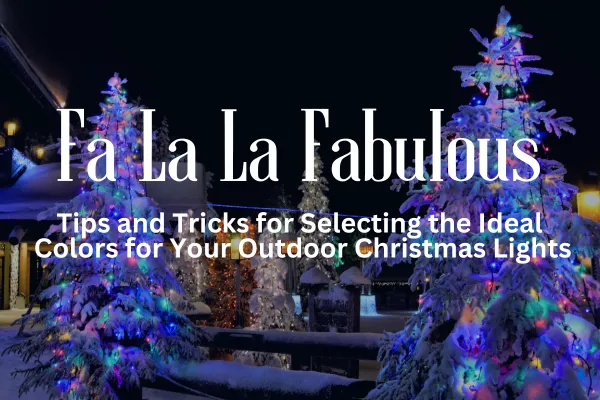
Fa La La Fabulous: Tips and Tricks for Selecting the Ideal Colors for Your Outdoor Christmas Lights
As a professional Christmas light installer, one of the most important aspects of creating a stunning holiday display is choosing the right color scheme. The colors you select can dramatically impact the overall look and feel of a home's exterior during the festive season. In this comprehensive guide, we'll explore the art and science of selecting the perfect color combinations for outdoor Christmas light displays, helping you create magical and memorable installations for your clients.
Understanding the Basics of Color Theory
Before diving into specific color schemes, it's essential to have a solid grasp of color theory. This knowledge will help you make informed decisions and create harmonious displays that truly impress your clients.
The color wheel is a fundamental tool in understanding color relationships. It consists of primary colors (red, blue, and yellow), secondary colors (green, orange, and purple), and tertiary colors (yellow-green, blue-green, blue-purple, red-purple, red-orange, and yellow-orange).
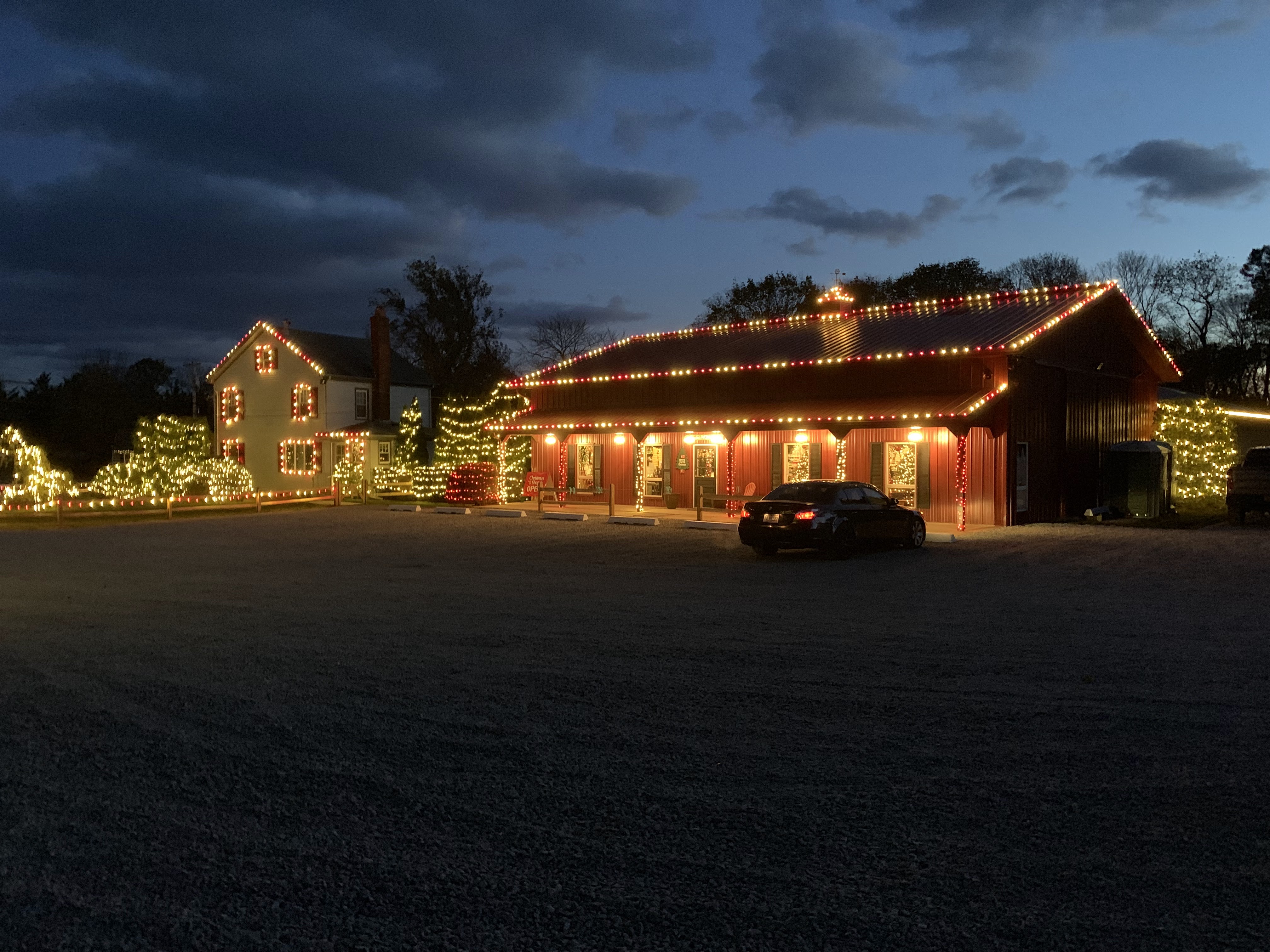
Colors can be categorized as warm (reds, oranges, and yellows) or cool (blues, greens, and purples). Warm colors tend to evoke feelings of coziness and excitement, while cool colors are often associated with calmness and serenity.
When it comes to creating color schemes, there are several classic approaches:
- Complementary: Using colors opposite each other on the color wheel (e.g., red and green)
- Analogous: Using colors adjacent to each other on the color wheel (e.g., blue, blue-green, and green)
- Monochromatic: Using various shades and tints of a single color
Understanding these basic principles will help you create more intentional and visually appealing Christmas light displays.
Factors to Consider When Choosing a Color Scheme
When selecting a color scheme for your clients' outdoor Christmas light displays, there are several important factors to consider:
1. Home's exterior colors and style: The existing colors and architectural style of the home should inform your color choices. For example, a modern home with a neutral exterior might benefit from a sleek, monochromatic display, while a traditional home could look stunning with a classic red and green scheme.
2. Neighborhood aesthetic and HOA guidelines: Be aware of any homeowners' association rules regarding holiday decorations, and consider the overall look of the neighborhood to ensure your display complements rather than clashes with the surroundings.
3. Desired mood and atmosphere: Different color schemes can evoke different emotions. Discuss with your clients what kind of atmosphere they want to create – festive and energetic, calm and elegant, or somewhere in between.
4. Personal preferences and decorating style: Take into account your clients' personal tastes and any existing holiday decorations they plan to use alongside the lights.
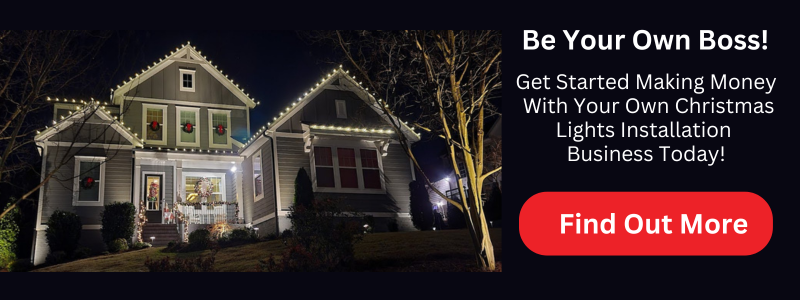
Popular Christmas Light Color Schemes
While there's no one-size-fits-all approach to Christmas light colors, certain schemes have stood the test of time and remain popular choices:
1. Classic red and green: This traditional color combination instantly evokes the Christmas spirit and works well with many home styles.
2. Elegant white and gold: For a sophisticated look, combine warm white lights with gold accents. This scheme is particularly effective on homes with neutral exteriors.
3. Cool blue and white: Create a winter wonderland feel with a combination of blue and white lights. This scheme works well for homes in cooler climates or those with modern exteriors.
4. Festive multi-color: For a playful and energetic display, use a variety of colors. This scheme can be particularly appealing for families with young children.
5. Monochromatic schemes: Using variations of a single color, such as different shades of blue or warm white, can create a cohesive and elegant look.
Tips for Incorporating Multiple Colors
When working with multiple colors in a display, consider the following tips:
1. Choose a dominant color: Select one main color to serve as the foundation of your display, then use other colors as accents.
2. Use the 60-30-10 rule: This interior design principle can be applied to light displays as well. Use your dominant color for about 60% of the display, a secondary color for 30%, and an accent color for the remaining 10%.
3. Repeat colors throughout the display: Create a sense of cohesion by repeating colors in different areas of the home's exterior.
4. Gradually transition between colors: If you're using multiple colors, try to create smooth transitions rather than abrupt changes.
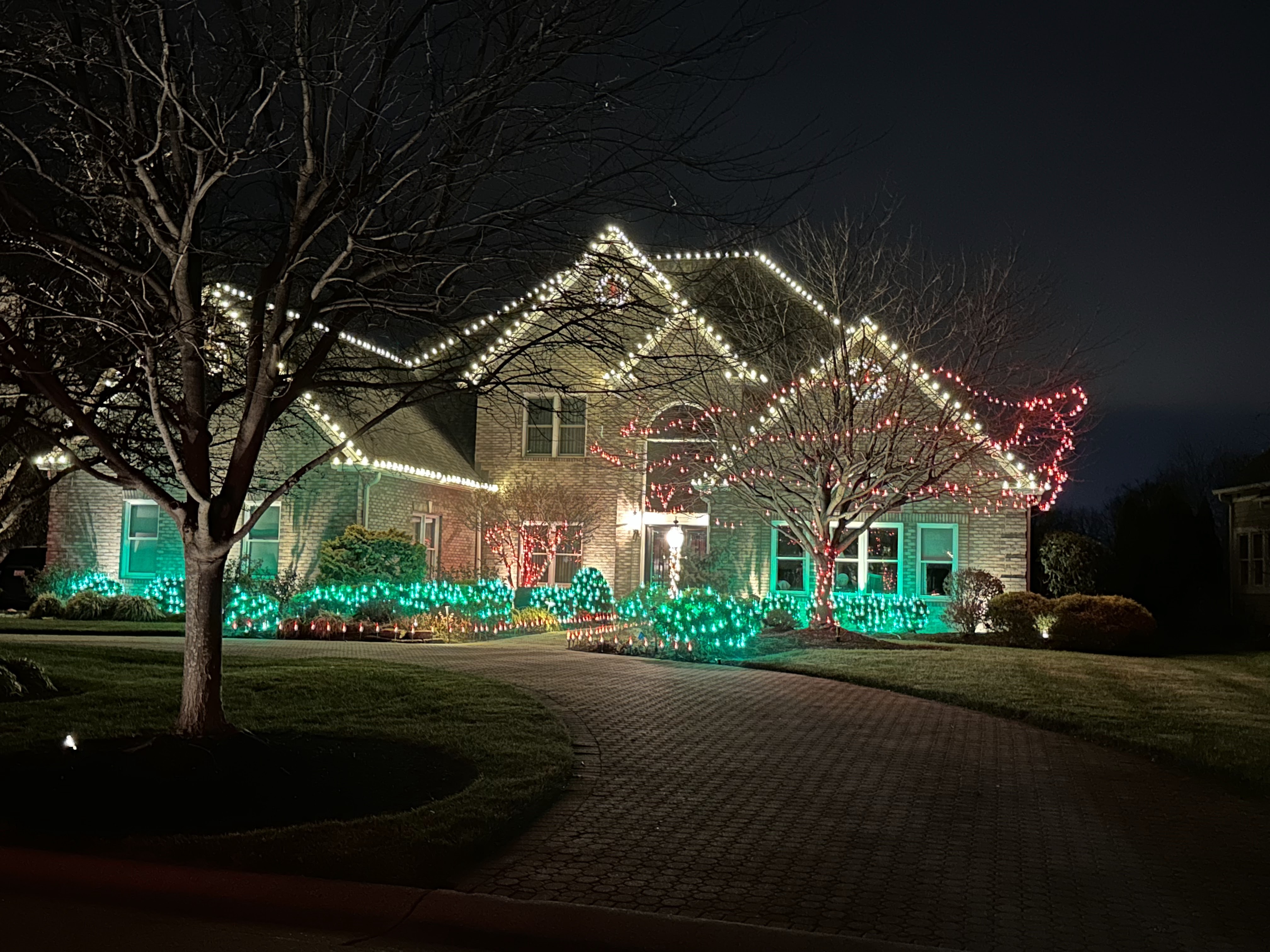
Specialty Lighting Options
In addition to traditional string lights, consider incorporating specialty lighting options to add depth and interest to your displays:
1. Icicle lights: These can create a magical, wintry effect along rooflines and eaves.
2. Net lights: Perfect for quickly and evenly covering bushes and shrubs.
3. Rope lights: Ideal for outlining architectural features or creating custom shapes and designs.
4. Projector lights: These can add dynamic, moving elements to a display without the need for complex installations.
Coordinating with Other Decorations
For a truly cohesive look, consider how the Christmas lights will interact with other decorations:
1. Match light colors to wreaths, garlands, and ribbons for a coordinated appearance.
2. Use colored ornaments in outdoor trees and planters to complement the light display.
3. Incorporate colored yard décor, such as illuminated reindeer or candy canes, that align with your chosen color scheme.
4. Create a connection between outdoor and indoor decorations by using similar color schemes for both.
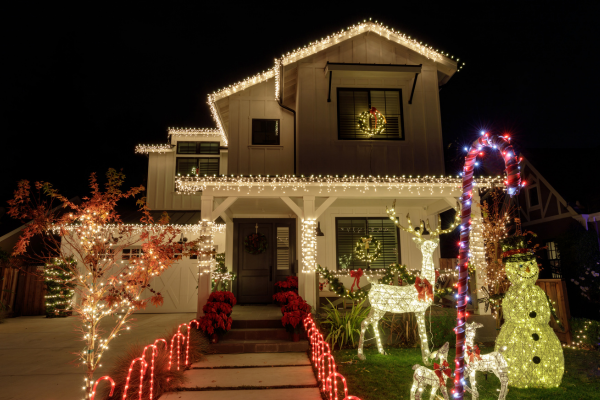
Lighting Techniques for Different Areas of the Home
Different areas of a home's exterior may require different lighting approaches:
1. Roofline and gutter lighting: Use evenly spaced lights to highlight the home's silhouette. C9 bulbs are often a good choice for this area.
2. Window and door frame lighting: Outline these features with smaller lights, such as mini lights or LED icicle lights.
3. Column and post wrap lighting: Spiral lights around columns and posts for a festive effect.
4. Tree and shrub lighting: Use net lights or strategically placed string lights to illuminate landscaping.
5. Walkway and driveway lighting: Consider using stake lights or rope lights to guide visitors safely to the entrance.
Energy Efficiency and Maintenance
As a professional installer, it's important to consider the long-term efficiency and maintenance of your light displays:

1. Choose LED lights: These use significantly less energy than traditional incandescent bulbs and have a much longer lifespan.
2. Use timers and smart plugs: Help your clients save energy by setting up automatic on/off schedules for their displays.
3. Proper storage and organization: Advise your clients on the best ways to store their lights to prevent damage and tangling.
4. Regular inspection and maintenance: Offer a service to check and replace any damaged bulbs or cords throughout the holiday season.
Choosing the right color scheme for outdoor Christmas light displays is both an art and a science. By understanding color theory, considering important factors like home style and client preferences, and implementing creative lighting techniques, you can create stunning displays that will delight your clients and their neighbors alike.
Remember, there's no one "perfect" color scheme – the best choice will depend on the specific circumstances of each project. Don't be afraid to experiment with different combinations and techniques to find what works best for each unique situation.
As a professional Christmas light installer, your expertise in creating beautiful, harmonious displays will bring joy and festivity to homes throughout the holiday season. By mastering the art of color selection and implementation, you'll set yourself apart in the industry and create magical experiences for your clients year after year.
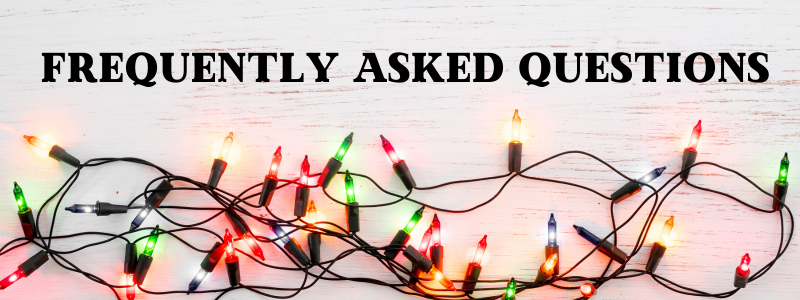
1. Q: What are the basic color schemes used in Christmas light displays?
A: The basic color schemes include complementary (opposite colors on the color wheel), analogous (adjacent colors), and monochromatic (various shades of one color).
2. Q: How does a home's exterior color affect the choice of Christmas light colors?
A: The home's exterior colors should inform your light color choices to ensure a harmonious look. For example, a neutral exterior might pair well with a monochromatic display.
3. Q: What is the 60-30-10 rule in Christmas light color schemes?
A: The 60-30-10 rule suggests using 60% of your dominant color, 30% of a secondary color, and 10% of an accent color in your display.
4. Q: How can I create a cohesive look with multiple colors?
A: To create a cohesive look with multiple colors, choose a dominant color, repeat colors throughout the display, and create gradual transitions between different hues.
5. Q: What are some popular Christmas light color schemes?
A: Popular schemes include classic red and green, elegant white and gold, cool blue and white, festive multi-color, and monochromatic designs.
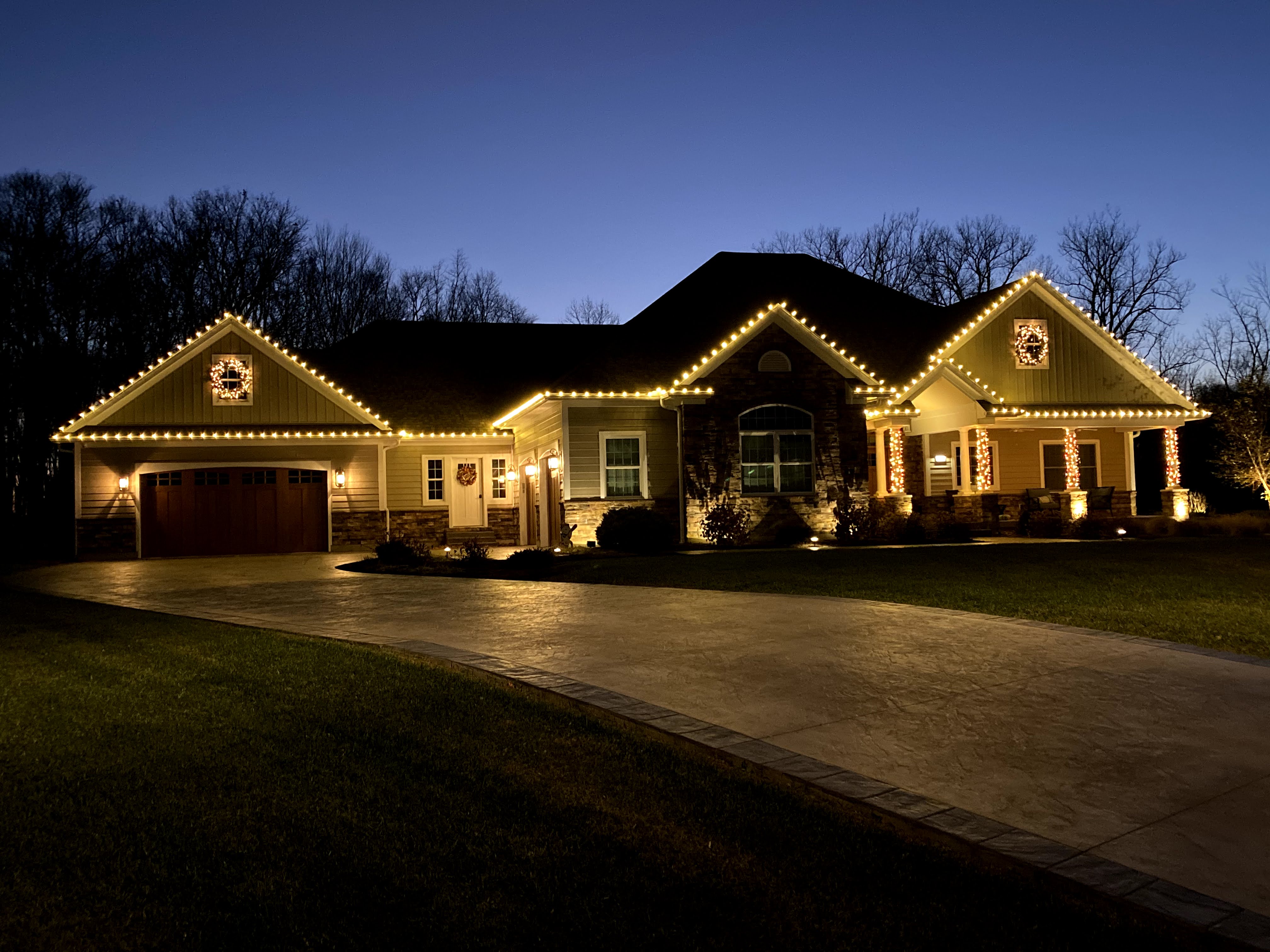
6. Q: How can I incorporate specialty lighting options into a display?
A: Specialty lighting options like icicle lights, net lights, rope lights, and projector lights can add depth and interest to your display when used strategically.
7. Q: Why is it important to consider energy efficiency in Christmas light displays?
A: Energy-efficient options like LED lights can significantly reduce power consumption and costs, while also lasting longer than traditional incandescent bulbs.
8. Q: How can I ensure my light display complements other outdoor decorations?
A: Coordinate your light colors with other decorations like wreaths, garlands, and yard décor to create a cohesive overall look.
9. Q: What factors should I consider when choosing a color scheme for a client?
A: Consider the home's style, neighborhood aesthetic, HOA guidelines, desired mood, and the client's personal preferences when choosing a color scheme.
10. Q: How can different areas of a home be lit effectively?
A: Different areas require different approaches: use evenly spaced lights for rooflines, outline windows and doors with smaller lights, wrap columns and posts, and use net lights for trees and shrubs.

Copyright ©2025 All Right Reserved website designed by christmaslights.io
Terms of Service / Privacy Policy
Have questions or need assistance?
Contact us at (855)619-LITE

